Rare early sea chart of New Zealand, Eastern Australia, and extending north to Include the Marianas and east to the Fiji Islands.
Includes a number of insets, including Port Jackson, Storm Bay, Port Dalrymple,Macquarie Harbor (Van Diemen's Land), the Bay of Islands (New Zealand), Southern Port of Stewart's Island, S.W. side of the Frith of theThames (New Zealand), Entrance to Jokeehangar River, the Torres Straits (2 insets), and Port of Apra (Guam).
The present map was used by a Captain Carl Hagström, in command of the Amazonia, on a trip to Australia in 1854 and includes his annotations between Nelson's Channel and the passage south of New Zealand. The map was likely one which was used on a journey from Melbourne to London. Captain Hagström had a bit of a colourful past in Australia. As reported by the Melbourne newspaper The Argus and the edition of Friday, 15 December 1854:
C. Hagström, master of the barque Amazon appeared on Wednesday 13, at the Williamstown police court before Lieutenant Crawford and A.D. Pasco, J.P., to answer the complaint of Mr. Charles Broad, Assistant Immigration Officer, for having no passenger list of the seventy passengers he had on board. In our Monday's issue our readers were informed that Detective Ward recognised one of these, by the name Benjamin Marks, as a prisoner of the Crown illegally at large, whilst perambulating Elizabeth Street. Under these circumstances, the Police Magistrate told Captain Hagström about the provisions of a very salutary act, relative to the influx of criminals into Victoria, and for want of the necessary document fined him £20 and costs. Seventy steerage passengers, by this ship, are now turned loose amongst But despite the hefty fine the good Captain was soon back in business.
This ad appeared in the Argus just two weeks later on 1 January 1855.
The chart is of the utmost rarity and may be a unique survival. We located 2 examples of the upper sheet of the map, but no complete copies.
John William Norie (1772 – 1843) was a publisher of nautical books held in high regard by his contemporaries. He also specialized in nautical charts and was a mathematician. Norie was born in Wapping, London, the eldest of eight children.
Norie had an apptitude for navigation and chart making. His first work was published in 1796, The Description and Use of Hadley's Quadrant, by William Heather, a chart and instrument seller. Heather then took Norie on as a chart maker and allowed him to run a nautical academy out of Heather's premises on Leadenhall Street. He continued to work for Heather, working out of his shop.
Norie published many works, but the most famous were A Complete Set of Nautical Tables (1803) and the Epitome of Practical Navigation (1805). Both were reissued throughout the nineteenth century, usually together. The Tables are still issued today. The Epitome became the standard work on navigation; it was so famous that authors C. S. Forester and Jack London both mention the book in their fiction. In addition to the Epitome, Norie wrote the The shipwright's vade-mecum (1822), Plates Descriptive of the Maritime Flags of All Nations (1838), and The naval gazetteer, biographer, and chronologist; new and improved (1842). He also provided pilots with charts that covered practically the entire world's seas--the famous blue-back charts.
Norie partnered with a financial backer, George Wilson, to buy Heather's business upon Heather's death in 1813. In addition to the nautical academy and the copyright to his books, Norie prospered from the growing business, which he managed. The shop, operating under the sign of the Wooden Midshipman, was called the Navigation Warehouse. It featured in Charles Dickens' Dombey and Son.
Norie retired in 1840. He sold his shares in the business and moved to Edinburgh. He died there, at the age of 71, on Christmas Eve 1843. His company was renamed Norie & Wilson after his retirement. In 1903, the firm merged with rivals and became Imray, Laurie, Norie & Wilson. It is still in business today.









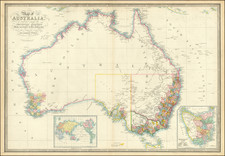
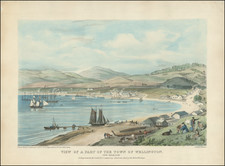
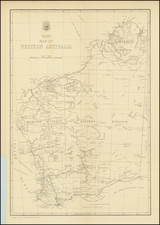
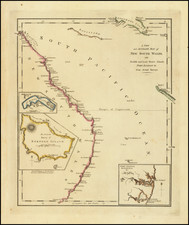
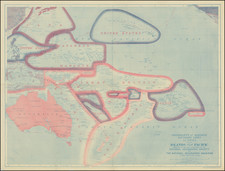
![(Sydney) Plan du Comte de Cumberland (Nouvelle-Galles du Sud) [on sheet with] Plan des Iles Jerome [and] Plan des Iles Berthier](https://storage.googleapis.com/raremaps/img/small/77740.jpg)